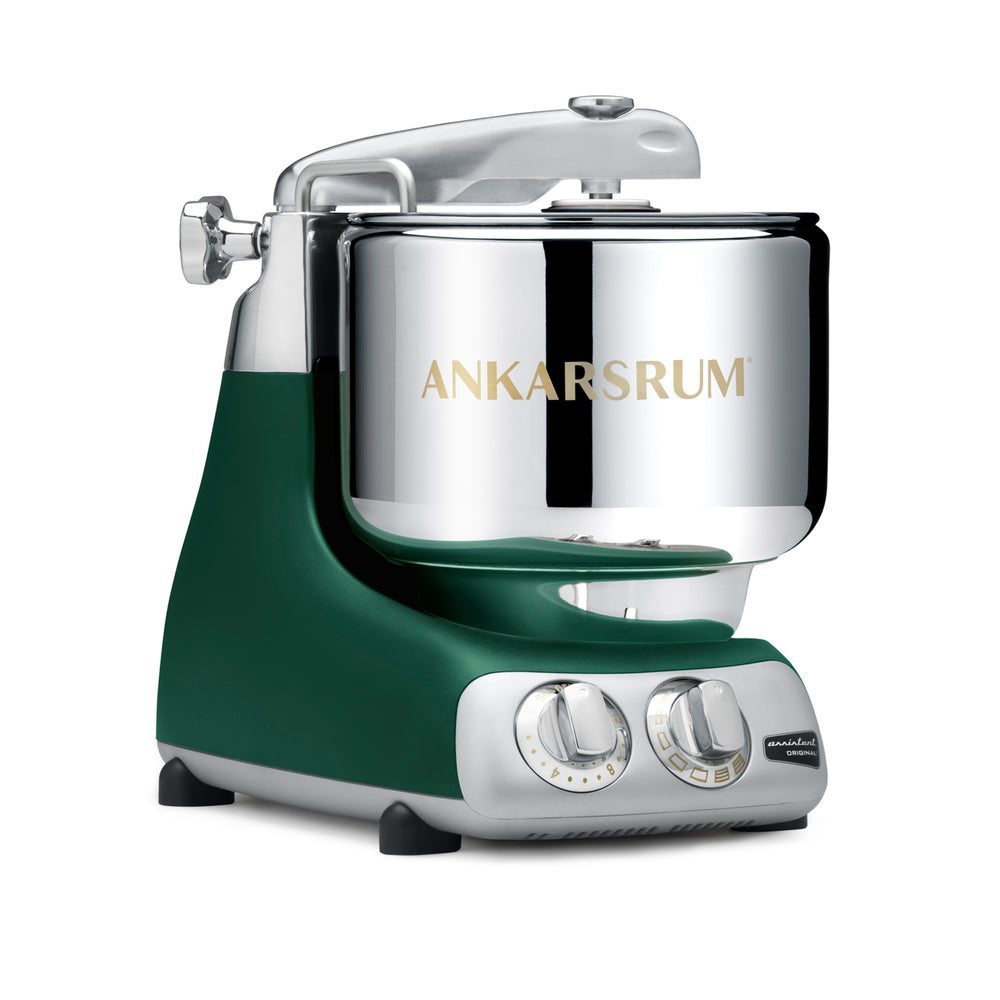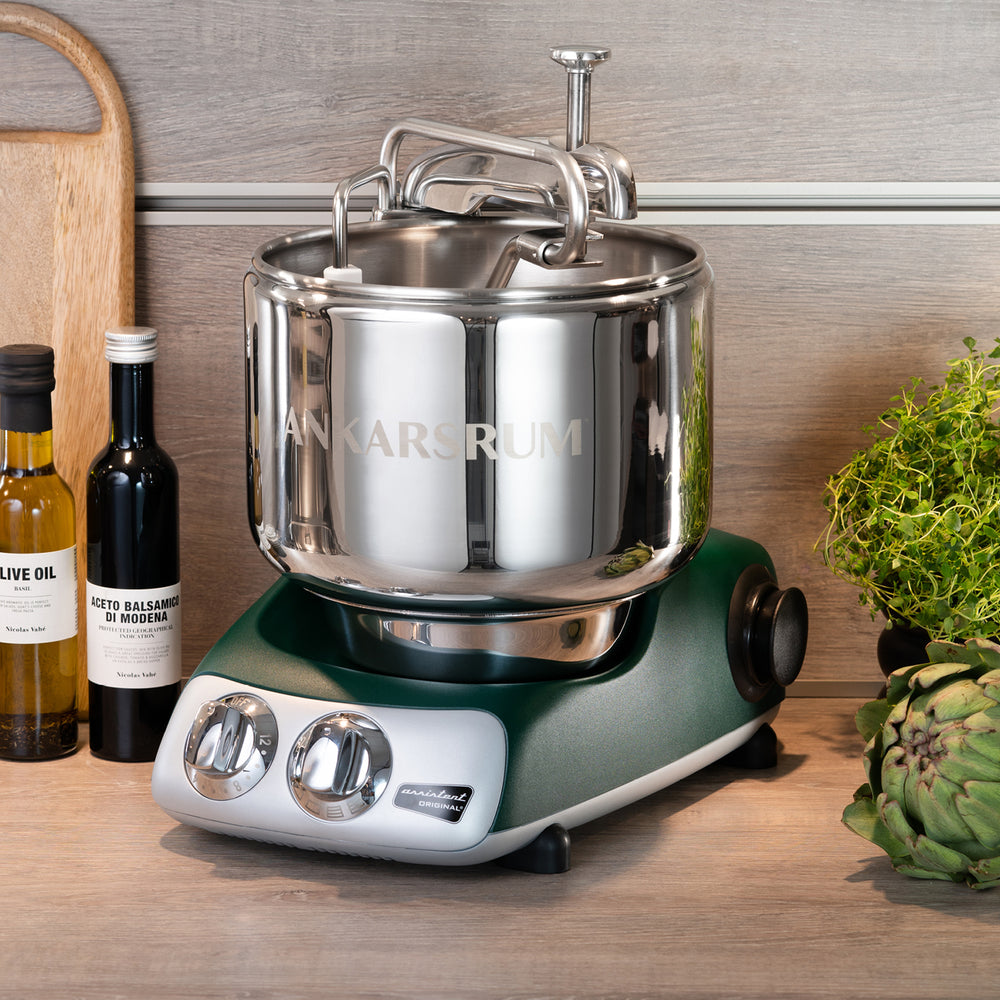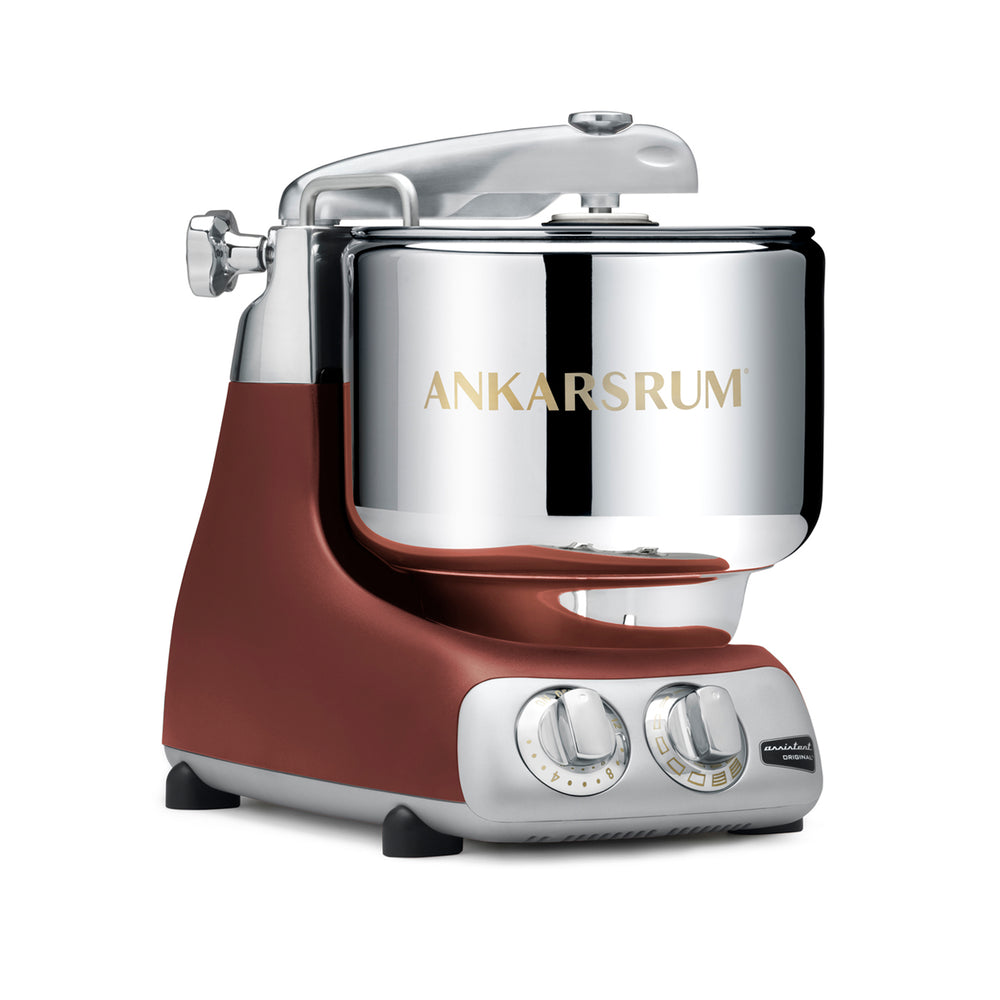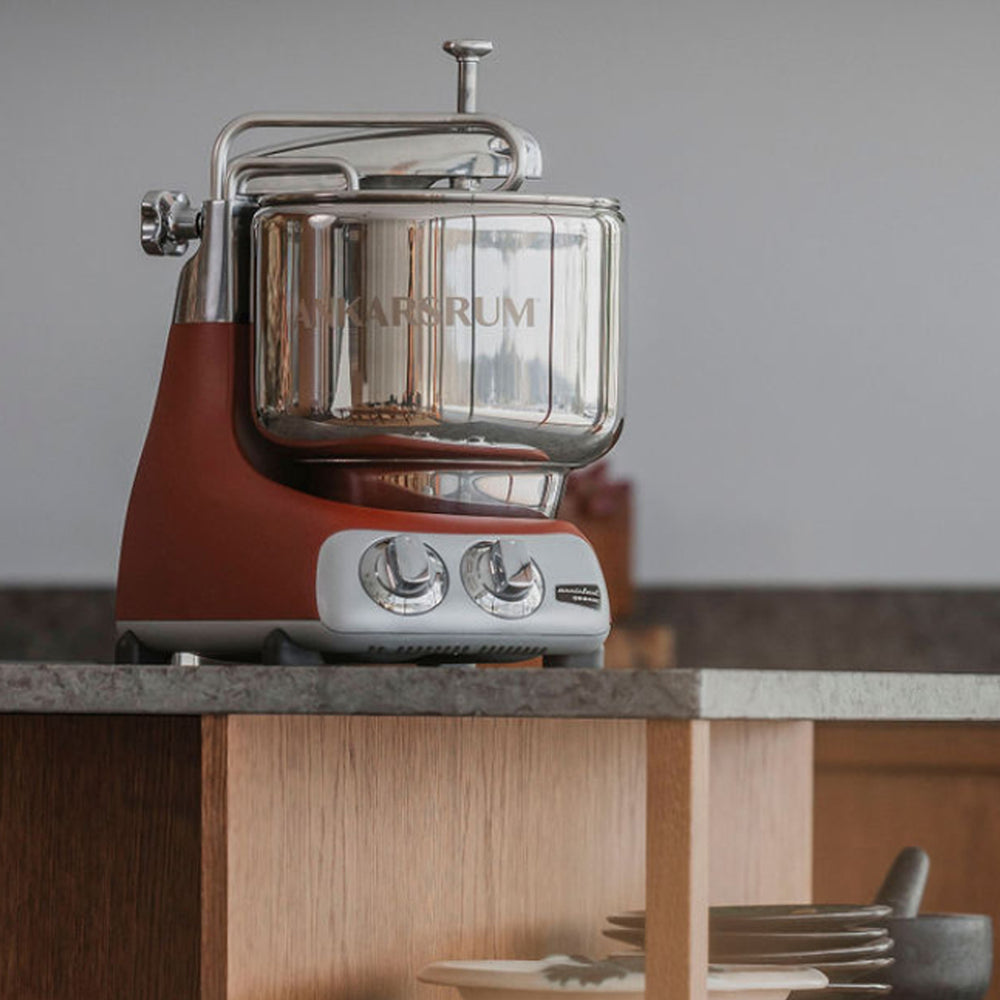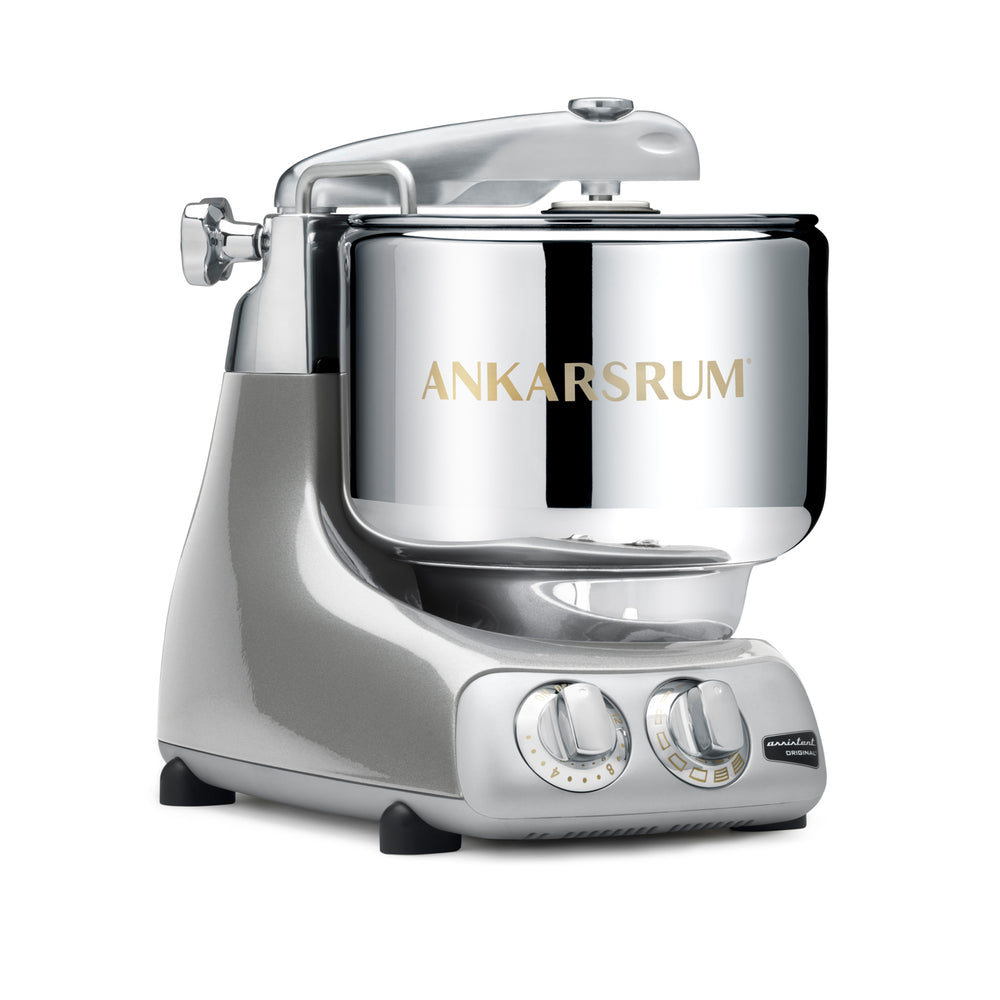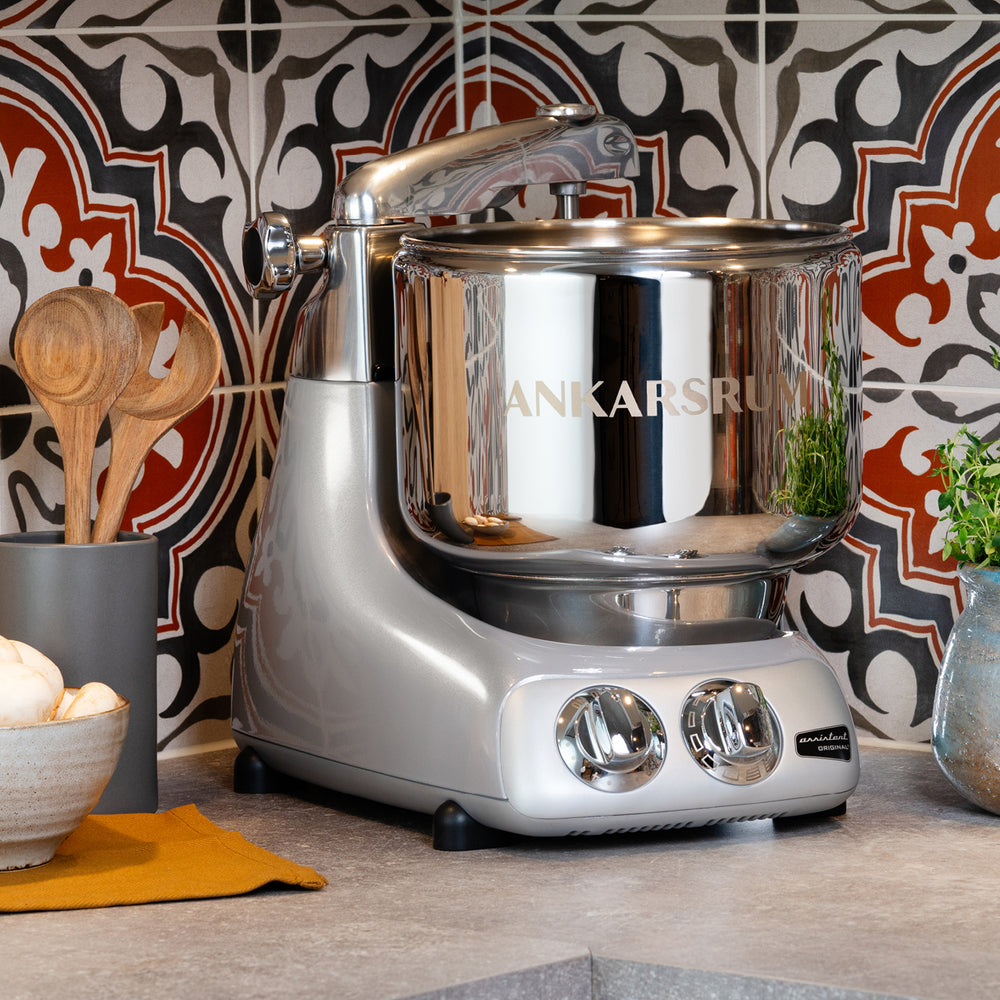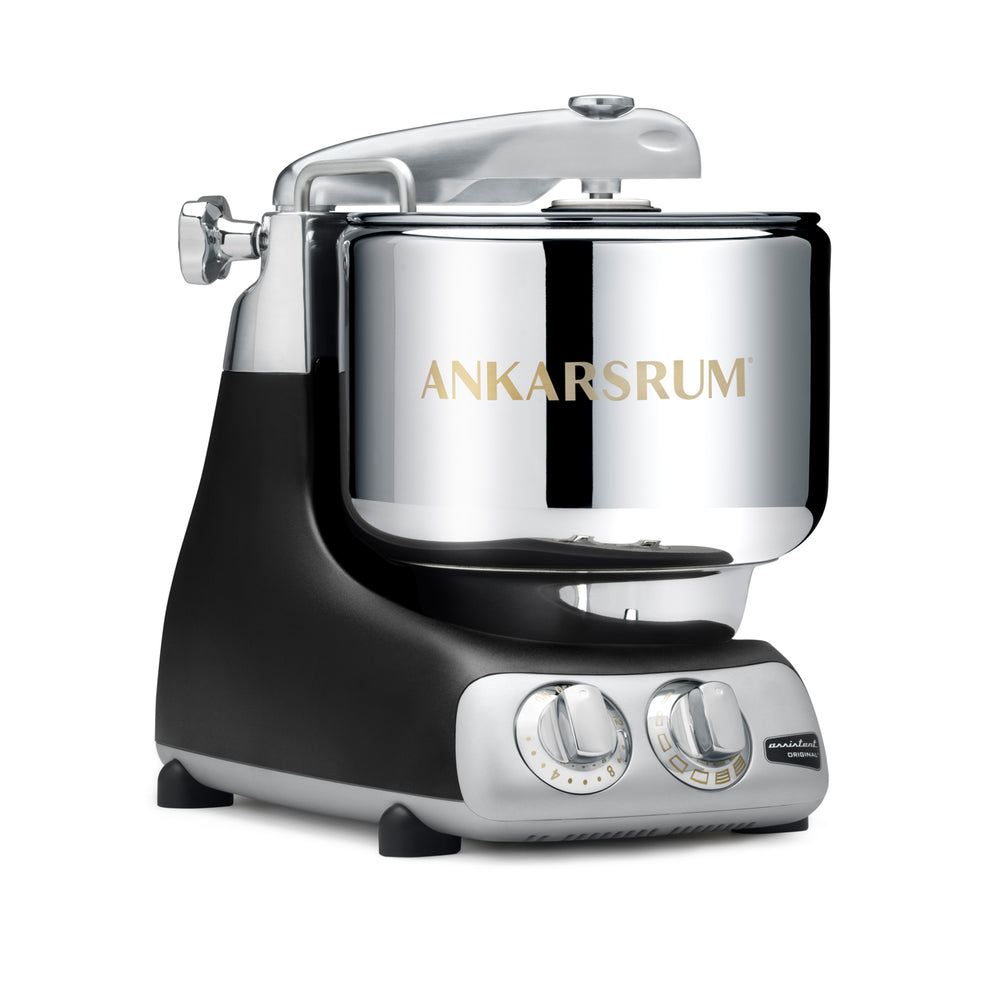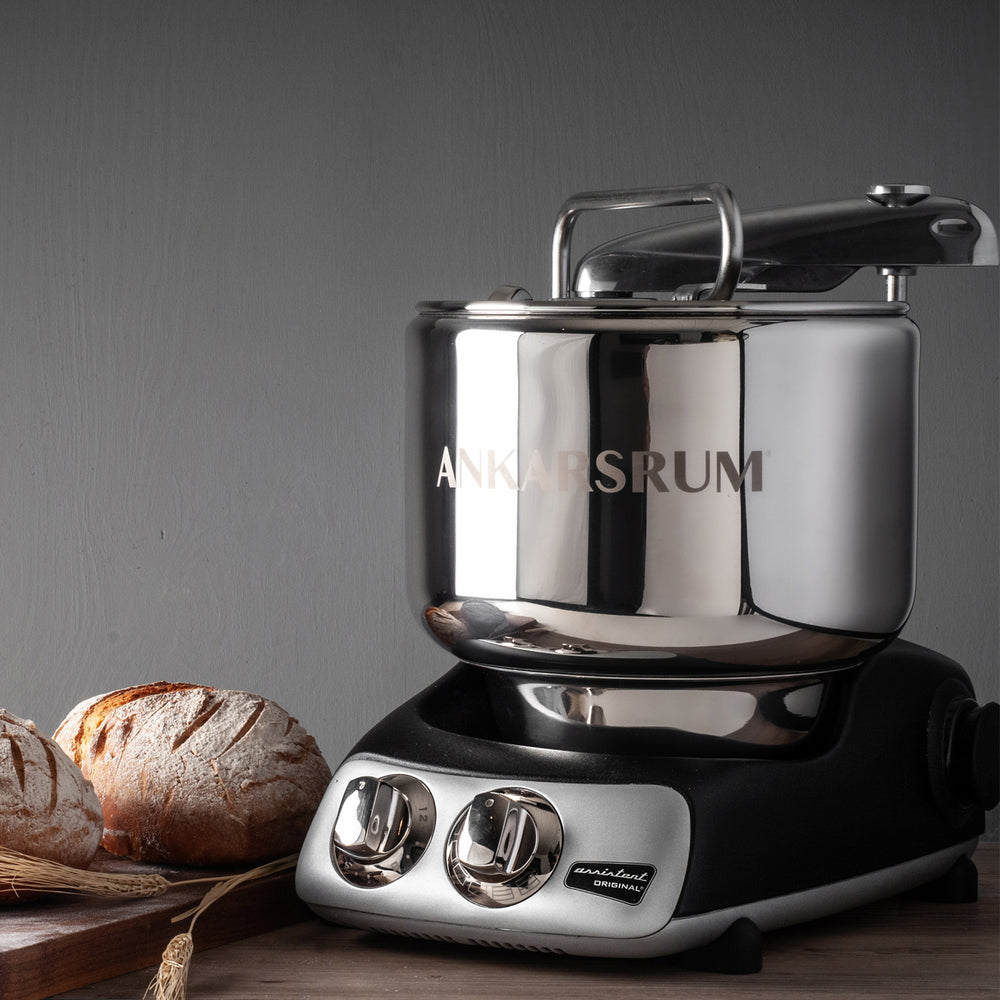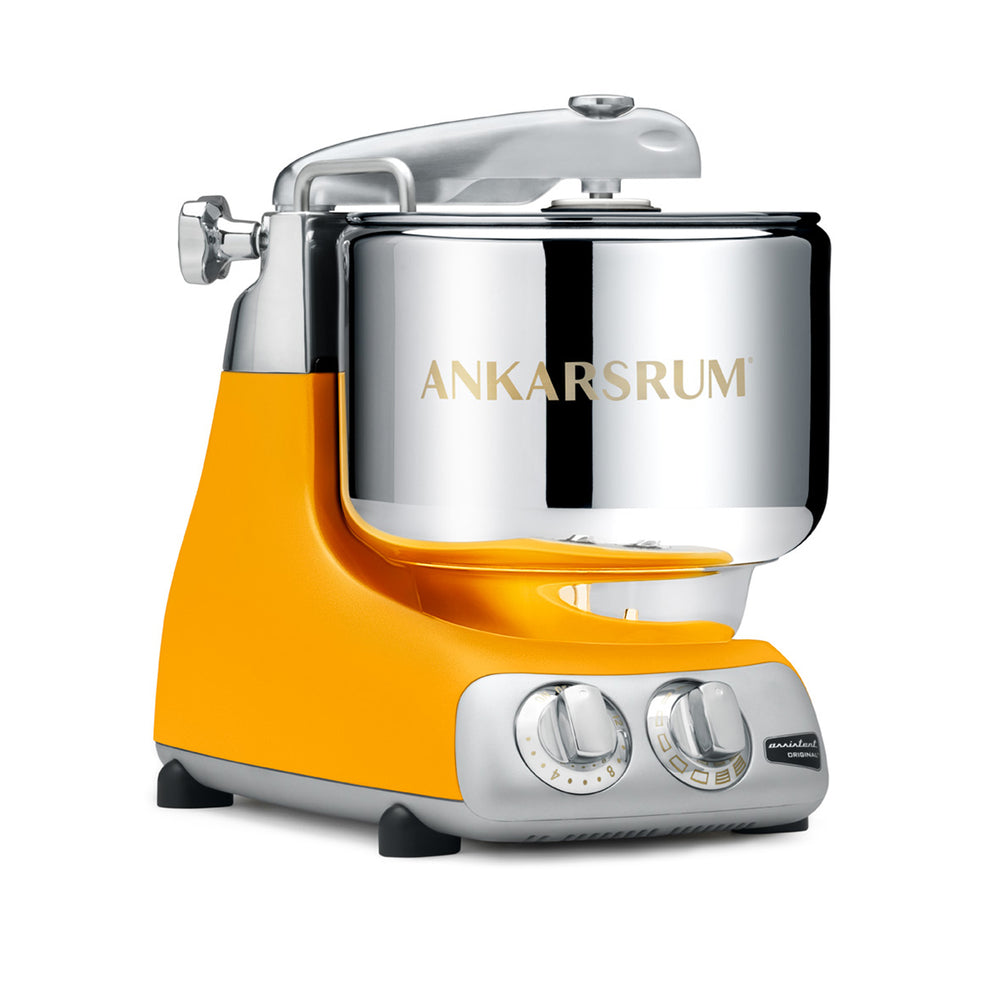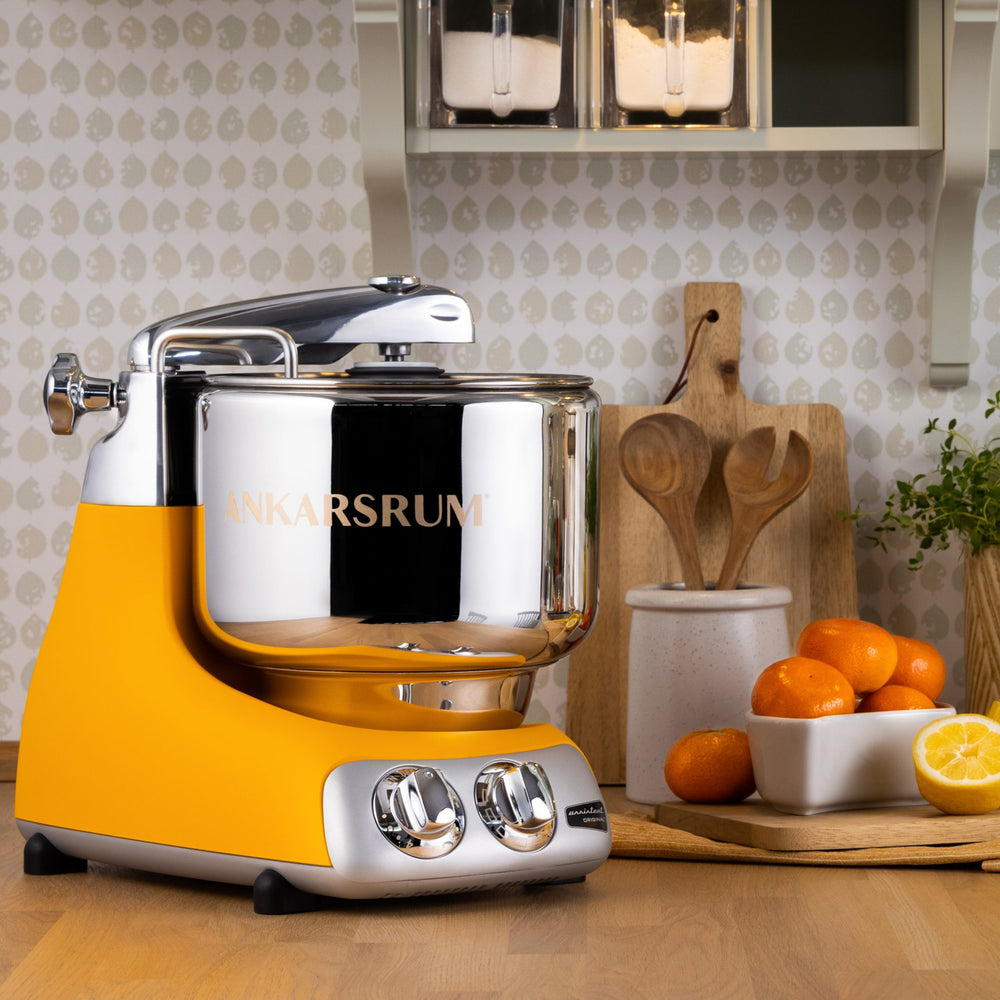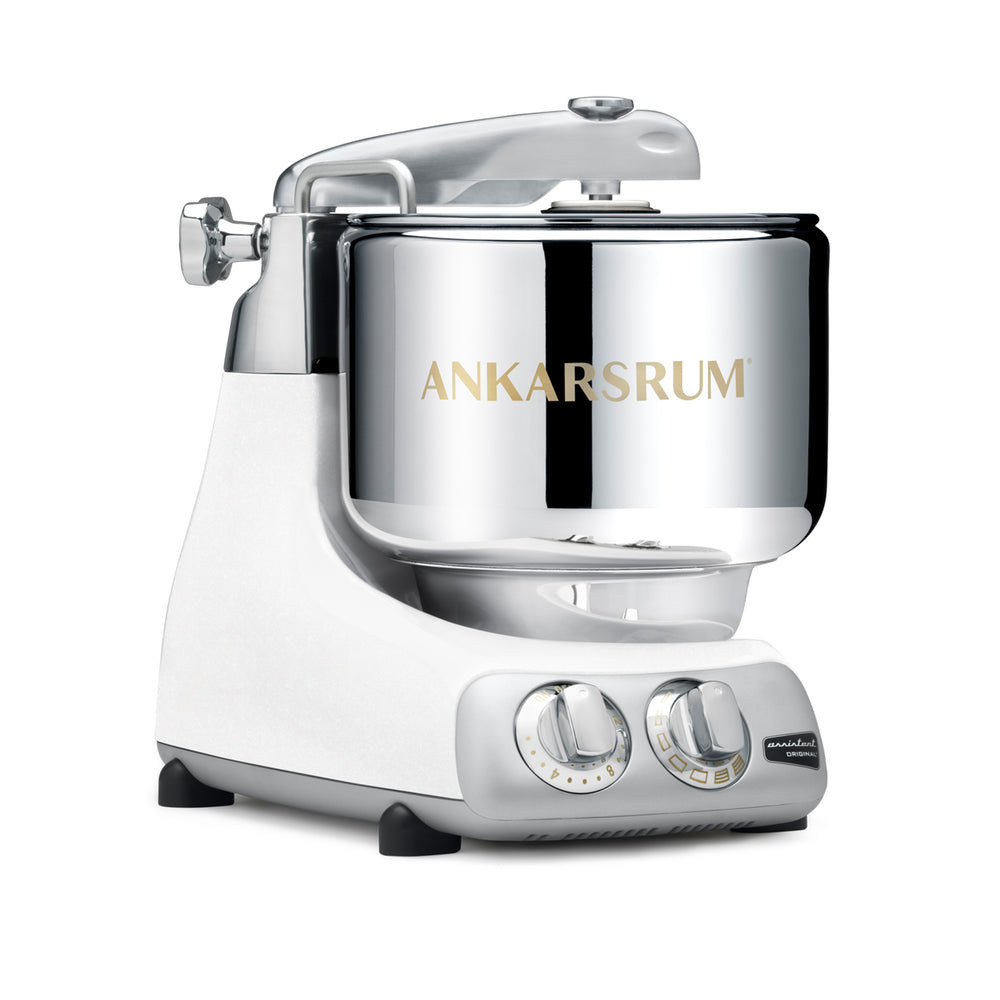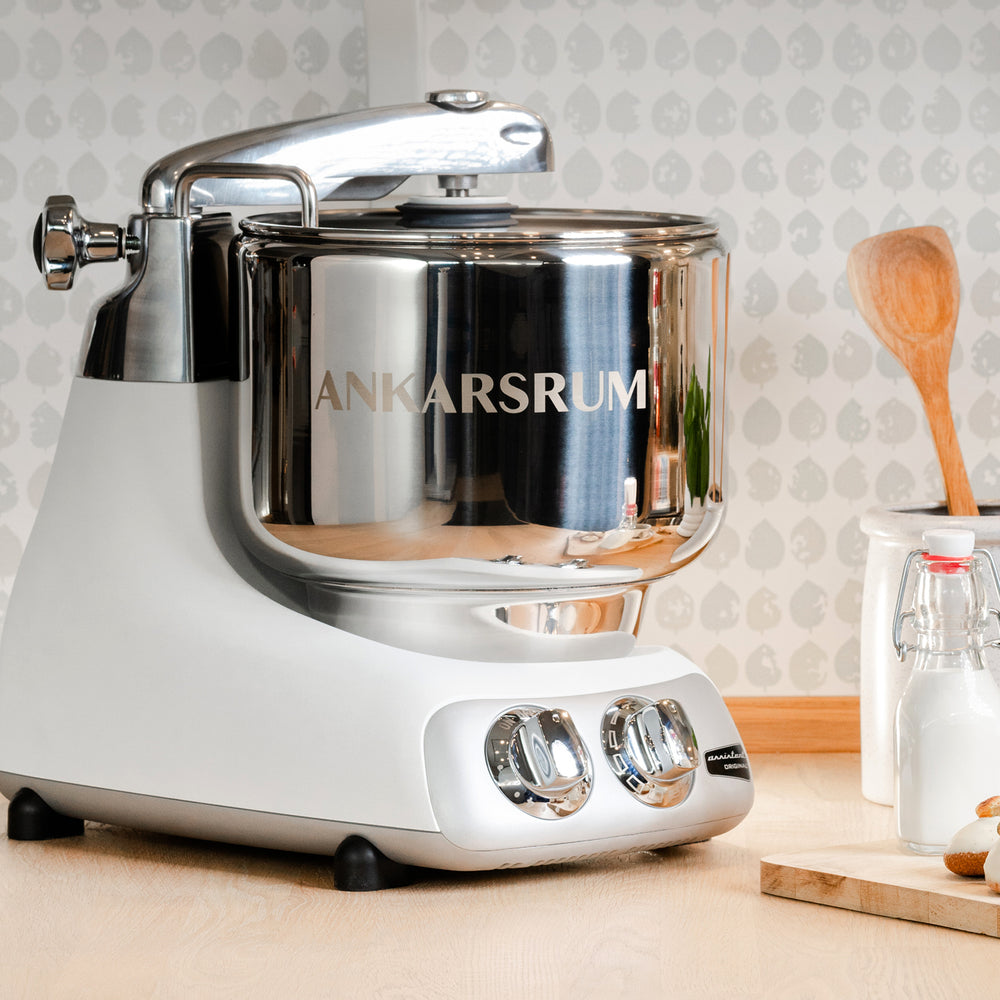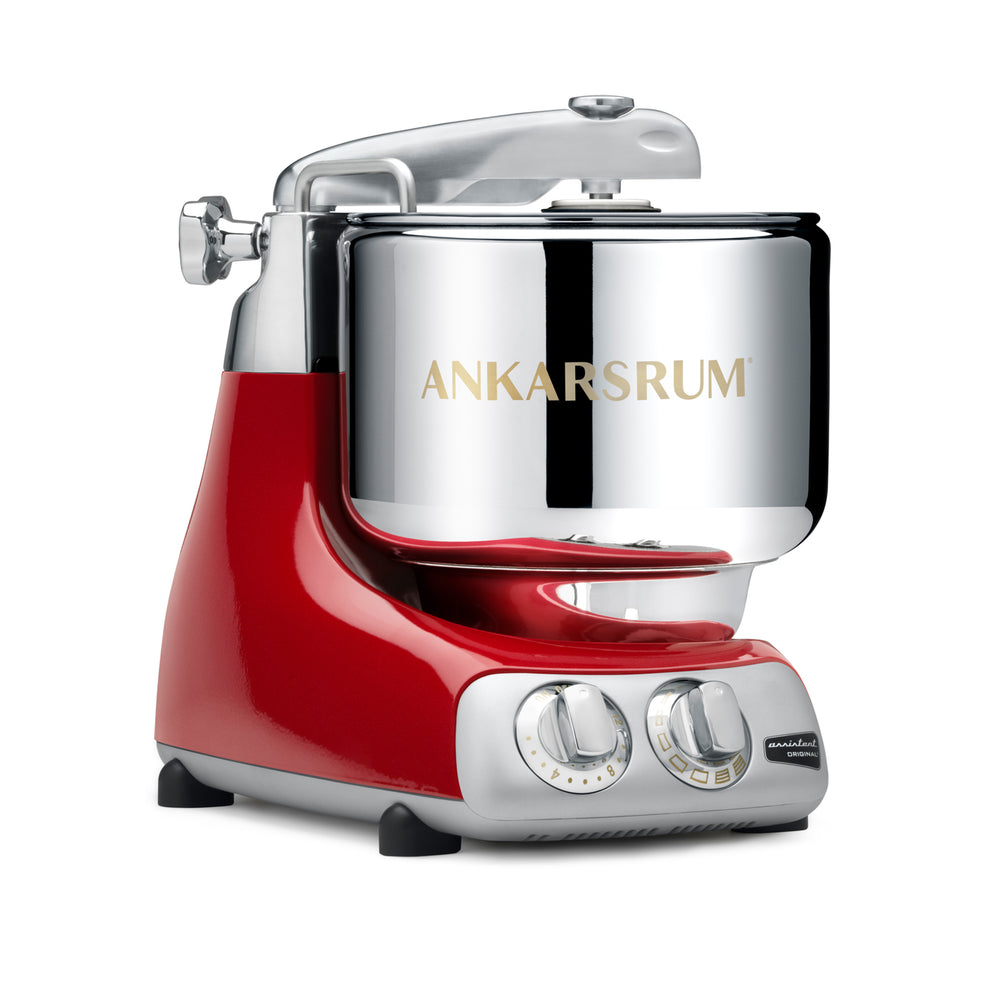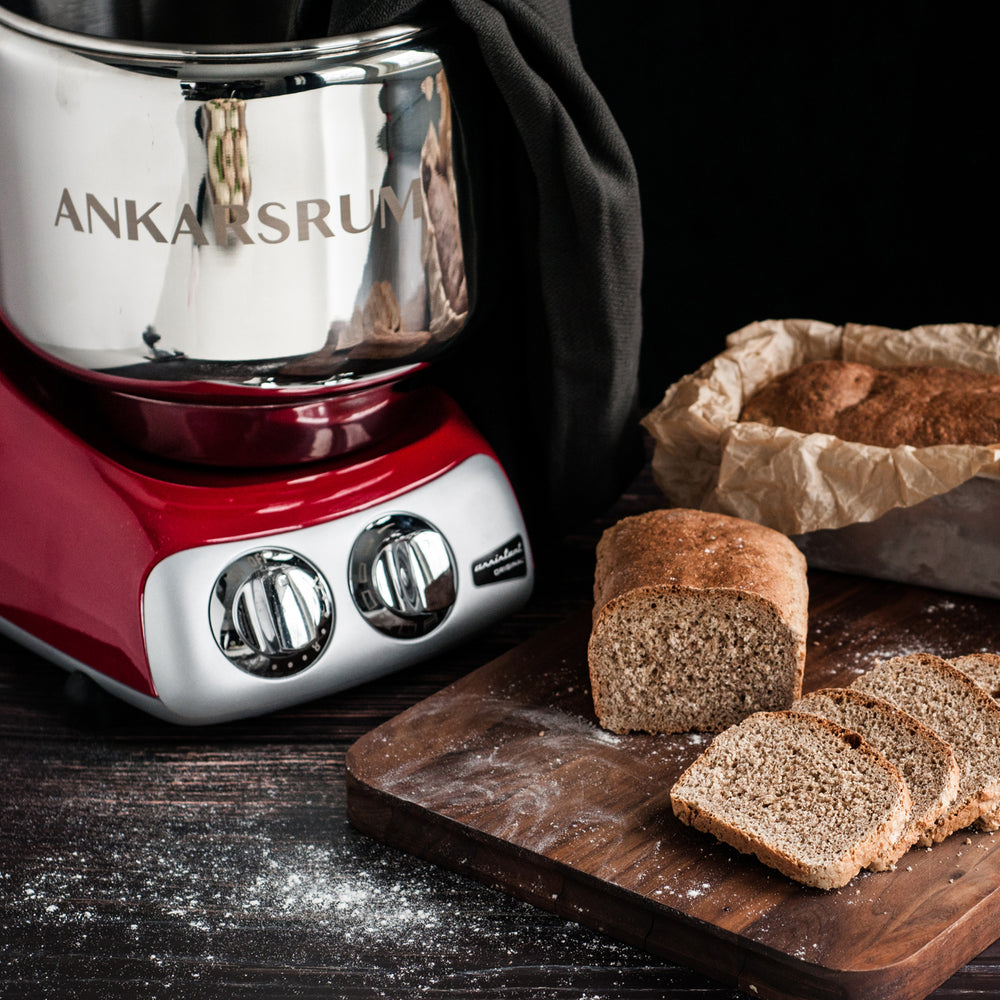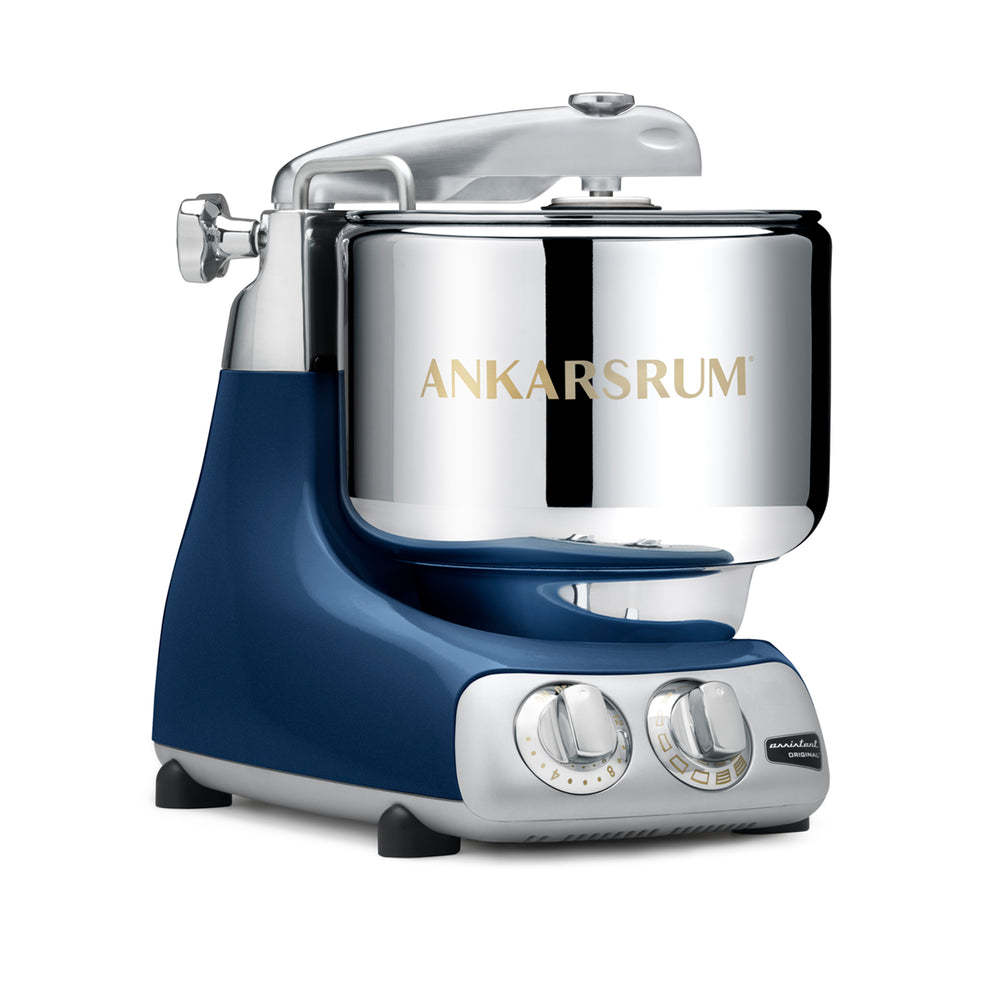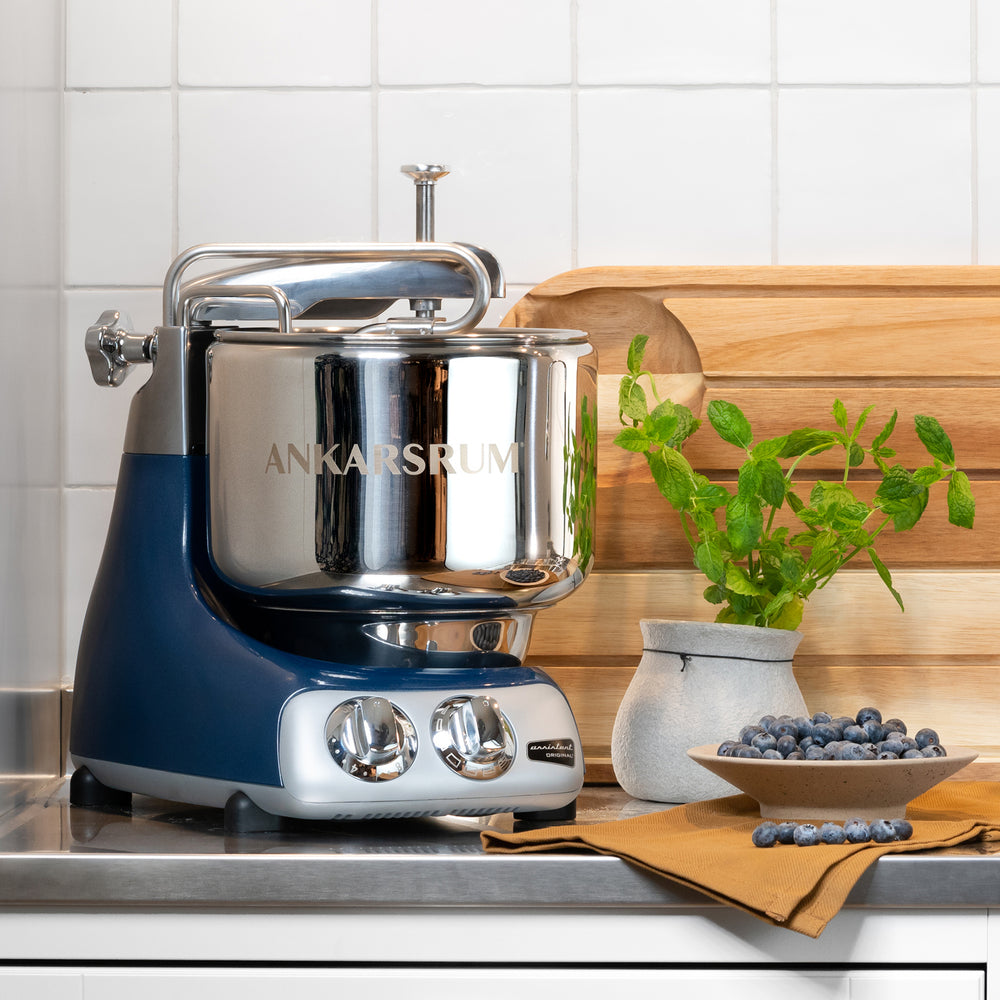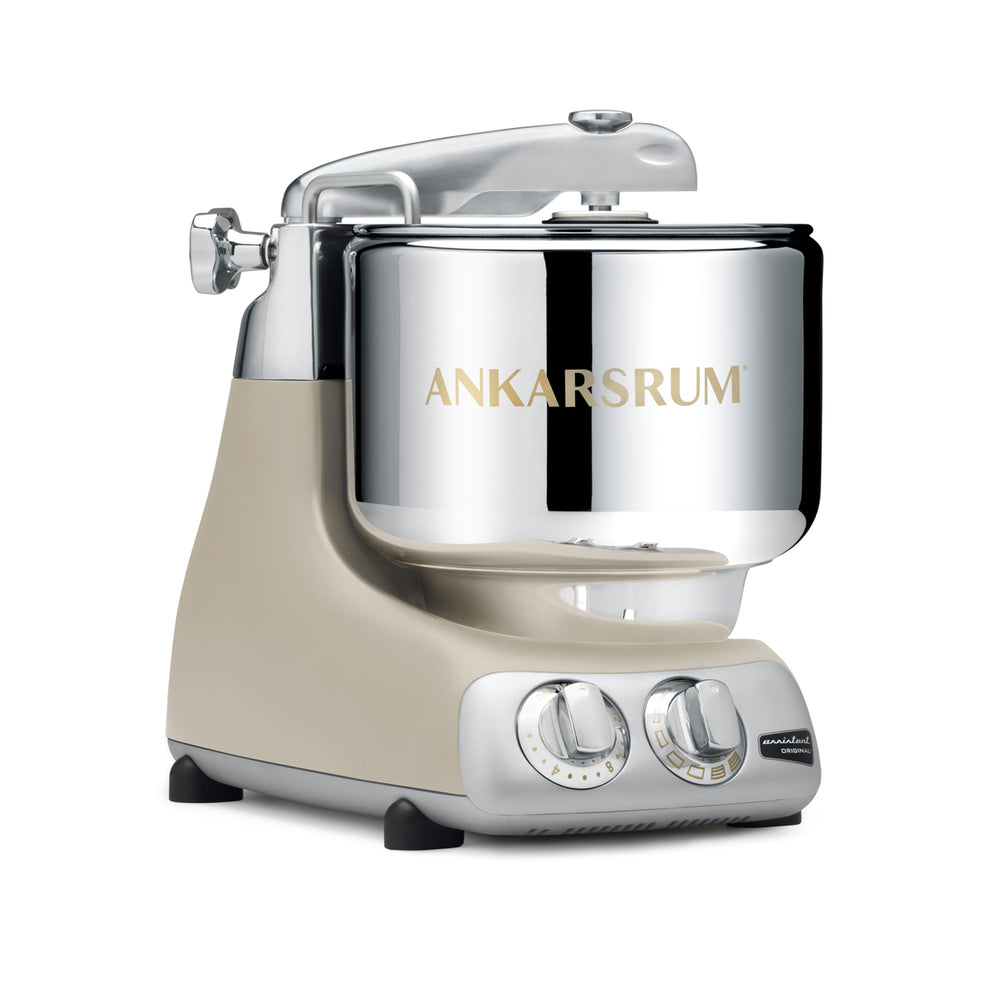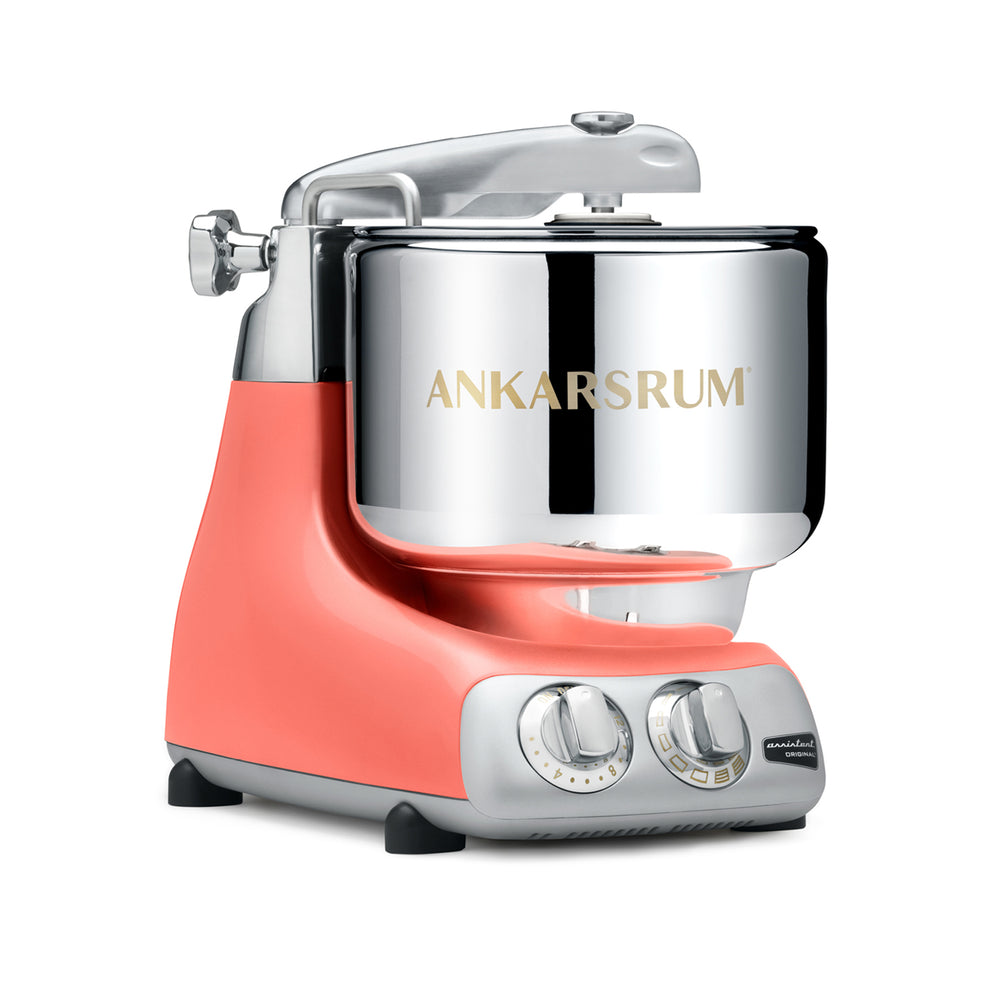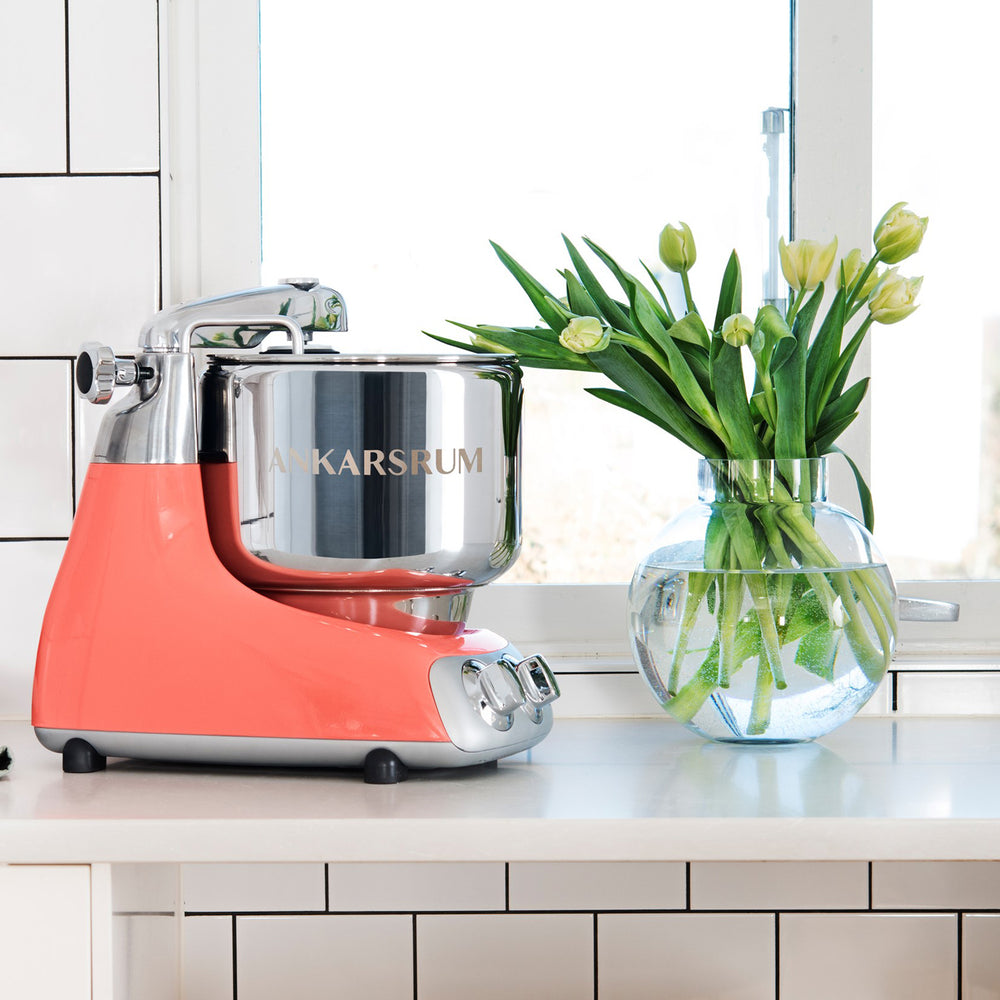Quick (or Overnight) Pizza Dough
Ingredients
100g lukewarm water (36.5 to 40.5°C)1 tsp instant yeast
1 tbsp olive oil
180g ‘tipo 00’ flour
1/2 tsp salt
Semolina, to dust
Method
- If working by hand, add water and yeast to a large mixing bowl and mix with a wooden spoon or spatula. Add the olive oil, '00' flour, and salt, and mix until a cohesive mass forms. Once the mixture has become a shaggy ball, turn it onto a floured surface and knead with your hands until the dough is smooth and elastic. If using a mixer, add water and yeast to a bowl and mix on low for about 10 seconds. Gradually add the olive oil, ‘00’ flour and salt. Mix on low for 4 minutes, then increase the speed to medium-high for up to 8 minutes. Check the texture of the dough by pinching away a small amount and doing the ‘windowpane test’ (see ‘BK Tips’). The final dough should be smooth, elastic, and translucent when stretched thin
- Coat a mixing bowl with olive oil and tip your dough into it. Rotate the dough to coat it in olive oil. Cover with a damp tea towel or cling film, and let the dough rise. To make pizza right away: Pre-heat the oven (see step 3). Place the covered dough in a warm spot in your kitchen, ideally 30-35°C. Leave to rest for 30 minutes, until the dough is doubled in size; if you poke the dough, it should spring back slowly. To proof overnight: Place the dough in your fridge for up to 24 hours and remove from the fridge a couple of hours before you want to shape the dough into pizza, to bring it back to room temperature (a thermometer inserted into the dough should read around 20°C). Your dough is fully risen when it has doubled in size; if you poke it, it should spring back slowly
- At least 30 minutes before you plan to bake pizza, set your oven to 250°C fan, or the highest it will go. Place your pizza stone into the oven while it is cold, if using. (If you really love pizza and have an outdoor space, consider investing in a DeliVita Wood-Fired Pizza Oven.) Gather your toppings; you'll have to work quickly to add them as soon as the pizza is shaped
- Dust your hands and work surface with semolina. If making more than one pizza, cut dough into smaller pieces with a dough scraper and shape into balls weighing around 300g (for a 30cm pizza). To shape into balls, pull a few ends of the dough towards a single spot in the centre; press and roll that spot against your work surface so it is a neat-ish sphere. Press the dough down so it becomes flat, and keep pressing so the dough is about 15cm long (or half the size of your final pizza). Then lift the dough off the work surface and place over your fist, turning and stretching the dough, moving between both hands, until it’s about 30cm (or the final size you want). Add your desired toppings, slide a pizza peel or non-rimmed sheet under the dough, and transport it to your oven. Bake for 10-15 minutes, until the crust is a golden brown hue. Enjoy!
BK Tips
- For the windowpane test, take a small amount of dough in your hands and stretch it into a small rectangle. If the dough stays in one piece, and can be stretched thin enough until it’s nearly translucent, it’s done mixing and ready to proof
- Use the following dough ball measurements, give or take a few grams, for the following pizza sizes: 150g for a 15cm pizza, 250g for a 25cm pizza, 300g for a 30cm pizza
- It is possible to make more than 14 pizzas in the Ankarsrum, as long as the combined weight of all of your ingredients is under 5kg. However, we find making more than 14 pizzas-worth of dough in one go to be difficult to work with. Instead, we recommend mixing two separate batches of dough and rising them in the fridge overnight, so they are ready to be prepared around the same time
- Top your pizza however classic or creative you'd like, from smooth red sauce to pesto, fennel and basil (pictured above). But just remember to have your sauces and toppings ready to go as soon as your pizza is shaped. Toppings should, for the most part, be pre-cooked, so it does not release any liquid onto your pizza dough while cooking. You have to work quickly when adding your toppings, so the sauce permeate the dough too much and make the final pizza soggy

